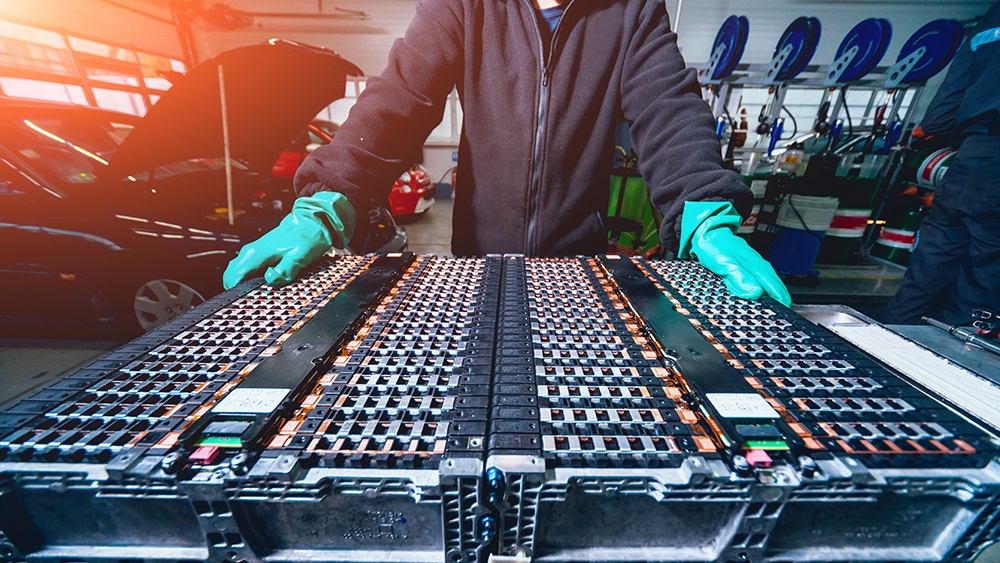Scientists debate possibility of TIME TRAVEL, after Trump Admin says new technologies can “bend space and time”
04/19/2025 / By Lance D Johnson

- Scientists confirm that time travel is theoretically possible, with minute real-world examples already in existence.
- The Trump Administration hints at advanced technologies that could manipulate time and space.
- Astronauts on the International Space Station are already time travelers, experiencing time at a different rate.
- Theories suggest that warp drives and wormholes could make faster-than-light travel a reality.
In a world where the boundaries of science and fiction often blur, the concept of time travel has long captivated the human imagination. From H.G. Wells’s The Time Machine to Christopher Nolan’s Interstellar, the idea of leaping through the ages has been a staple of popular culture. However, recent scientific revelations and sensational statements from high-ranking officials suggest that time travel might be more than just a fantastical notion.
In a surprising turn of events, the Trump Administration has hinted at the existence of advanced technologies that could manipulate time and space, adding a layer of intrigue to the already mysterious realm of theoretical physics.
The Trump Administration’s bold claims
During a speech at the Endless Frontiers Retreat, Michael Kratsios, the director of the White House Office of Science and Technology Policy, made a startling claim: the United States currently has the ability to “manipulate time and space” and “leave distance annihilated.” Kratsios’s statement, while vague, has sparked intense speculation among conspiracy theorists and tech enthusiasts alike. Some interpret his words as a veiled reference to advanced technologies like warp drives or even time machines. The Trump Administration’s focus on innovation and technological superiority, particularly in space exploration, adds credibility to the notion that the U.S. may be developing cutting-edge technologies that challenge our understanding of physics.
The science and reality behind time travel
According to Einstein’s theory of general relativity, time is not a constant but a flexible dimension that can be bent and warped by the presence of massive objects or by traveling at high speeds. This means that time can move at different rates depending on one’s velocity and the gravitational forces acting upon them. For instance, astronauts on the International Space Station (ISS) experience time slightly slower than those on Earth due to their high-speed orbit. NASA astronaut Scott Kelly, who spent 520 days on the ISS, has aged a few milliseconds less than his identical twin, Mark, who remained on Earth. This phenomenon, known as time dilation, is a well-documented effect of Einstein’s theories and provides a real-world example of time travel in action.
Theoretical possibilities
While the idea of time travel is tantalizing, the practical implications are far-fetched. Theoretical physicists like Dr. Alasdair Richmond from the University of Edinburgh explain that traveling forward in time is a natural consequence of Einstein’s theories and is already happening on a small scale. However, traveling backward in time is a much more complex and controversial topic. The creation of a stable wormhole, a hypothetical tunnel through spacetime, could theoretically allow for backward time travel. Yet, the stability of such a wormhole would require exotic forms of matter with negative mass, a concept that remains purely theoretical.
The ethical considerations of time travel are equally significant. If backward time travel were possible, it could lead to paradoxes and unintended consequences. For example, the “grandfather paradox” posits that if a time traveler were to go back in time and prevent their own grandfather from meeting their grandmother, they would never be born, creating a logical inconsistency. The moral and ethical implications of altering historical events are also a cause for concern. As Dr. Richmond notes, “If we build the world’s first closed time-like curve generator tomorrow afternoon, I couldn’t use it to travel to any time before tomorrow afternoon.” This limitation, while frustrating, may be a safeguard against the potential chaos that could ensue from unrestricted time travel.
While the practical realization of backward time travel remains a distant and uncertain prospect, the theoretical foundations laid by Einstein and other physicists suggest that the future of time travel is not entirely out of reach. Traveling into the future is occurring in nanoseconds; however, advances in time travel are highly unlikely and impossible for traveling into the past. As the Trump Administration’s bold claims continue to fuel speculation, one thing is clear: the quest to understand and manipulate time is a testament to humanity’s unquenchable curiosity and our relentless pursuit of knowledge.
Sources include:
Submit a correction >>
Tagged Under:
aging, Curiosity, dimensions, einstein, future, military advancements, negative mass, past, perception, sensationalism, Space, theory, Time, time travel, wormhole
This article may contain statements that reflect the opinion of the author





















